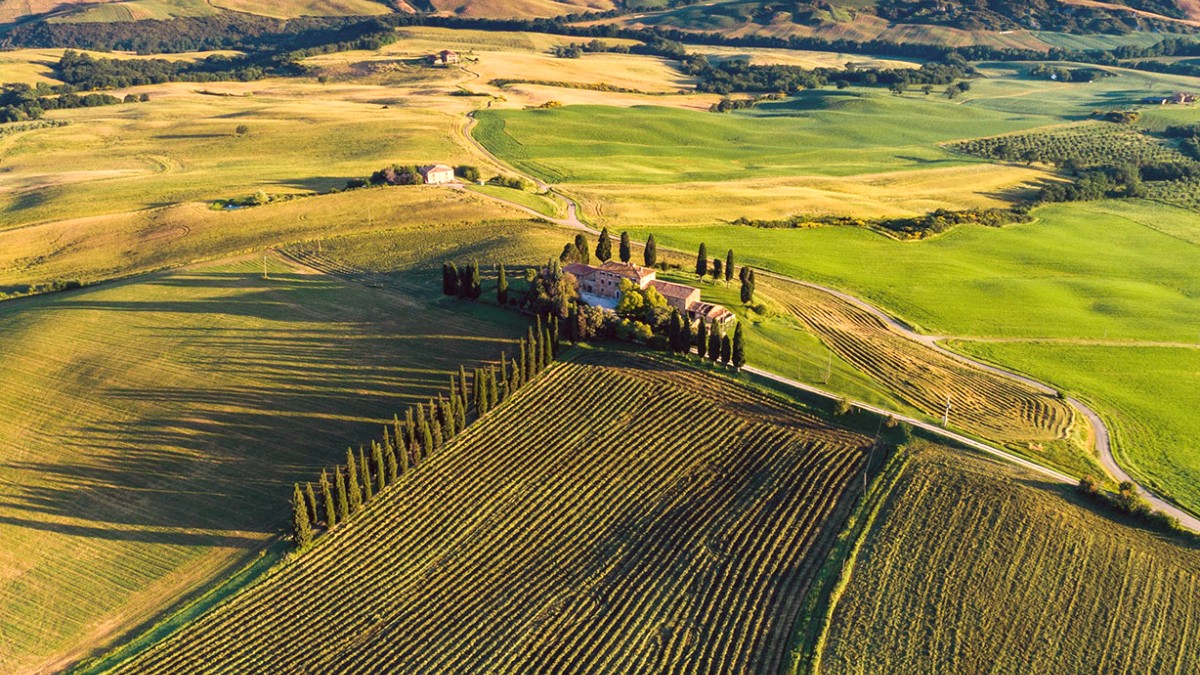
Ardennes, Belgium
The modern thermal baths complex, Thermes de Spa, stands atop the Annette and Lubin hill, directly connected to the town center by a funicular.
This facility upholds Spa's centuries-old tradition as a health resort, with a wide range of wellness treatments, pools (indoor and outdoor) filled with natural mineral water, saunas, and hammams.
Entry fees apply for tours. Prices change for specific events.
Dating back to 1763, it holds the distinction of being one of the oldest casinos in the world (rebuilt after a fire).
It presents gaming opportunities, including slot machines and various tables.
Often hosts various events and performances, including theatrical shows and concerts.
Check their website for current opening hours, specific event schedules, and any dress code requirements.
A blend of historical elegance and modern entertainment.
Spa’s cultural institutions focus on its history as a water city and its natural surroundings.
Located in the historical Pavillon des Nouveaux Thermes, it details Spa's history and thermal heritage.
Historical drinking cups ("verres de Spa"), various objects made from Spa jet, and artifacts illustrating the town's past.
It highlights the traditional production of "Jais de Spa" (Spa jet jewelry), an unique craft associated with the town.
This museum focuses on the local flora and fauna of the Ardennes region.
Informative displays about the unique biodiversity of the surrounding forests and moorlands.
It gives insights into the natural environment that defines Spa.
Smaller local galleries in Spa may showcase regional artists, especially those inspired by the Ardennes landscape.
This cultural center acts as a hub for various artistic and cultural events in the town, hosting concerts and performances.
Both the Musée de la Ville d'eaux and the Centre Culturel de Spa may host temporary exhibitions or special programs.
The Centre Culturel de Spa hosts concerts, theatrical performances, film screenings, and other cultural programming throughout the year.
Spa's history is visible through its architecture and landmarks, reflecting its past as a prominent European resort.
While Spa has an ancient history, extensive archaeological ruins are not a main tourist attraction within the town.
Explore the town center to admire the beautiful Belle Époque architecture.
Various monuments and plaques around Spa mark its role in World War I and World War II.
The Church of St. Remacle serves as the main parish church in Spa.
For those interested in military history, many sites and museums related to the Battle of the Bulge are located in the wider Ardennes region.
Spa's location in the Ardennes has abundant natural beauty and opportunities for outdoor enjoyment.
Parc de Sept Heures is a beautiful central green space for leisurely strolls, featuring mature trees and a historic bandstand.
Lac de Warfaaz, just outside Spa, is picturesque and popular for walking around its perimeter, paddle boating, and enjoying the tranquil setting.
The Colline d'Annette et Lubin (Thermes de Spa hill) presents panoramic views of the town of Spa and the surrounding Ardennes landscape.
Spa is world-renowned for its numerous natural mineral springs, locally known as "pouhons."
The Ardennes forests are home to various wildlife, including deer, wild boars, and diverse bird species.
Each spring possesses a distinct mineral composition and flavor, inviting visitors to taste them directly from the source.
While Spa holds an ancient history, extensive archaeological excavation sites are not a main tourist draw within the town itself.
To experience fewer crowds, consider visiting popular spots during off-peak hours.
While Spa itself is well-established, the trend towards slow travel and engagement with local culture highlights exploring smaller Ardennes villages.
These places often give unique experiences in local cuisine, crafts, and hospitality, often overlooked by larger tour groups.
Spa’s cultural institutions focus on its history as a water city and its natural surroundings.
Located in the historical Pavillon des Nouveaux Thermes, this museum delves into the history of Spa, its thermal heritage, and hydrotherapy.
La Maison de la Nature focuses on the local flora and fauna of the Ardennes region.
Smaller local galleries in Spa may showcase regional artists.
These venues often mirror the town's artistic pulse.
The Centre Culturel de Spa acts as a hub for various artistic and cultural events.
This center brings a varied cultural calendar to Spa.
Beyond permanent collections, special exhibits and programs regularly occur.
These special events enrich the visitor experience.
Visiting early in the morning shortly after opening or later in the afternoon/evening often means fewer crowds.
Explore smaller, less central springs like the Source de la Géronstère or Source du Barisart for a more tranquil setting and water tasting.
The funicular ride up to the Thermes de Spa delivers excellent panoramic views of the town. For circuit views, look for designated public viewing points.